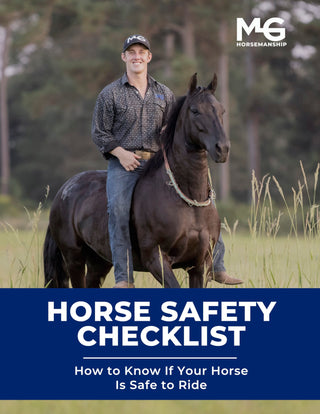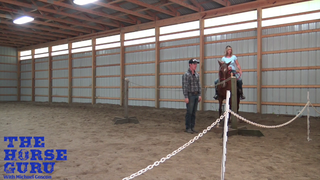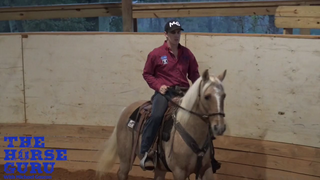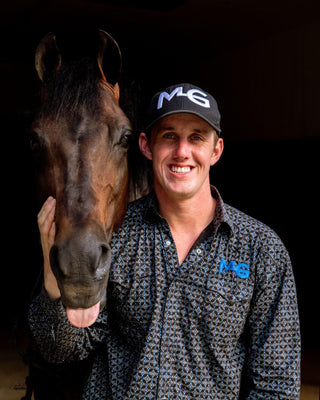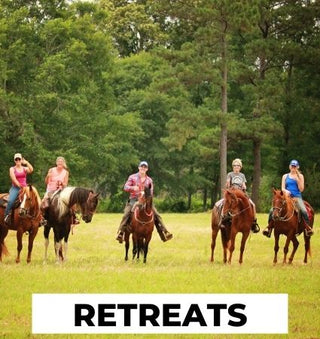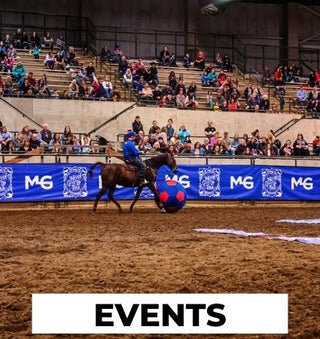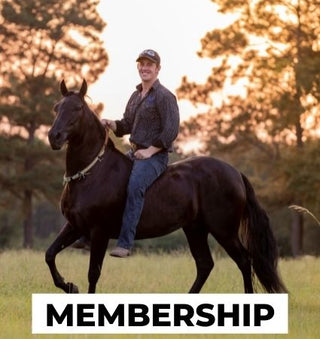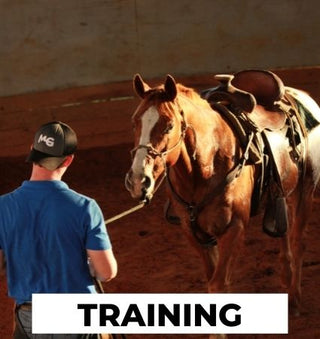Watch the Video Here or continue reading below!
Disengaging the hindquarters is a powerful tool in your horse training toolbox. In this 8th Grade lesson from Michael Gascon, "The Horse Guru," we learn how to begin gaining control of the horse’s hind end from the ground—an essential foundation for safety, direction, and respect.
🐴 Meet Breeze: A Challenging New Student
In this training session, Michael introduces Breeze, a 13-year-old spotted saddle horse on his first day of training. Breeze has a troubled past—including flipping over on people—making control and safety a top priority from the beginning.
This lesson demonstrates how to begin disengaging the hindquarters on a horse that’s considered dangerous or reactive. With patience and clear cues, even a problematic horse like Breeze can begin building trust and responsiveness.
🔑 Why Disengaging the Hindquarters Matters
Disengaging the hindquarters is more than just a fancy term—it’s about control, safety, and softness.
Michael explains that when you control the horse’s head, you’re already on the path to controlling the rest of the body. The next major step is gaining control of the hindquarters. Why?
“If I have a bucker, a rearer, a horse that runs backward or flips over—if I can get those hindquarters so light that I can change their direction, I can keep myself safe.”
By using the hind end like a rudder, you gain the ability to redirect energy, prevent rearing, and stop dangerous momentum before it escalates.
📍 Step-by-Step: How to Disengage the Hindquarters from the Ground
1. Start with Head Control
Before asking for anything from the hind end, make sure you can guide your horse's head softly. If the horse is leading well, you’re ready to begin hindquarter work.
2. Apply Pressure to the Hind End
Stand near your horse’s hip with his head slightly tipped inward. This position reduces your risk of being kicked. Begin by lightly pressuring the hindquarters with your hand or body language.
3. Escalate if Needed
If there’s no response, escalate the pressure gently:
-
Use the palm of your hand first.
-
If needed, tap with the end of your lead rope.
-
The goal is to apply just enough pressure to get movement, then immediately release.
4. Look for Movement and Crossovers
You’re aiming for your horse to move its hind end away from the pressure. A full crossover of the inside hind leg is ideal, but don’t worry if it’s not perfect at first.
“Don’t worry about the crossover. This is day one. Everything we do with horses—focus on one thing at a time.”
5. Practice Both Sides
Make sure to work both sides evenly. Horses may be stiffer on one side, and building even responsiveness is key to safe riding later on.
✅ Key Training Takeaways
-
Control the head, control the horse.
-
Disengaging the hindquarters is a life-saving skill on problematic horses.
-
Release pressure immediately when the horse gives effort.
-
Don’t expect perfection on day one—progress is the goal.
🧠 What Does “Disengage the Hindquarters” Really Mean?
It’s simple: “Move your butt.” That’s how Michael breaks it down. You’re teaching the horse to shift its hind end away from pressure. This creates softness and control, both on the ground and eventually under saddle.
When a horse yields its hindquarters, it’s hard to buck, bolt, or rear, which is why this skill is so foundational—especially for young or dangerous horses.
🗣️ Final Thoughts: Building Respect Through Movement
Day one with Breeze shows that even horses with a rough history can start to find clarity through respectful pressure and release. By disengaging the hindquarters, you take a huge step toward gaining respect, control, and partnership.
“Once we have control of the head and the hindquarters, we’ve made a huge step forward.”

